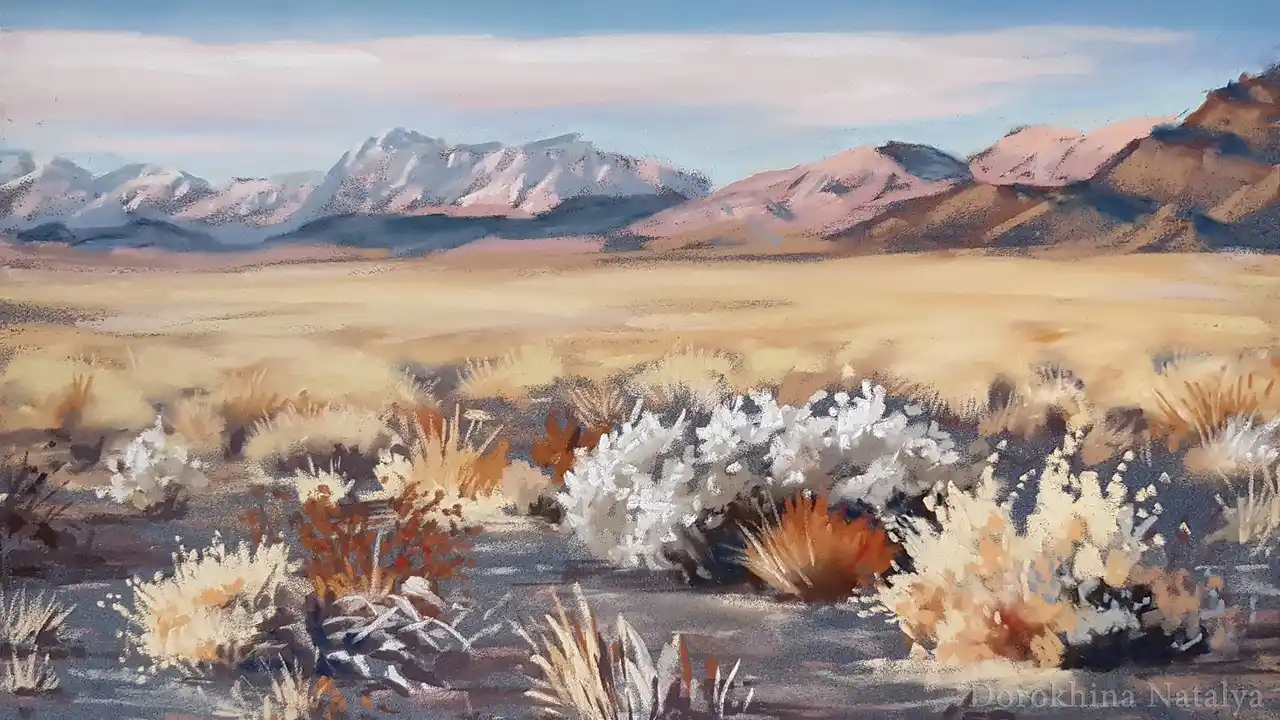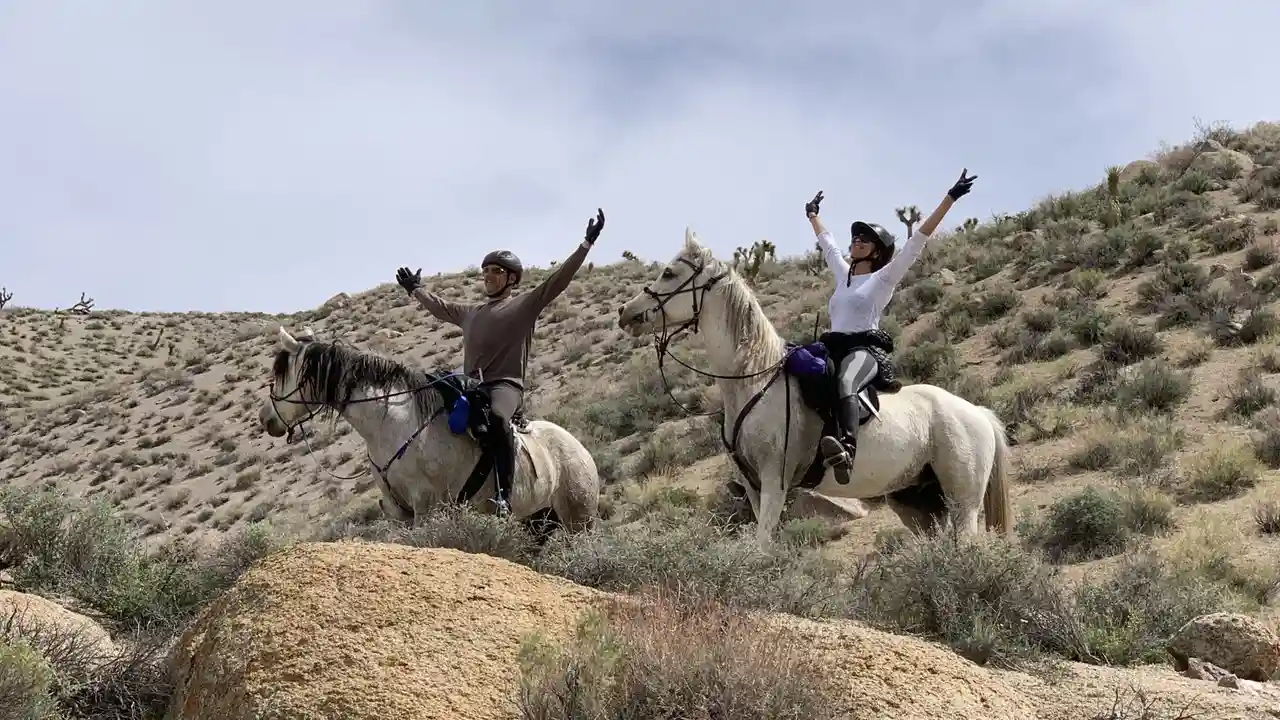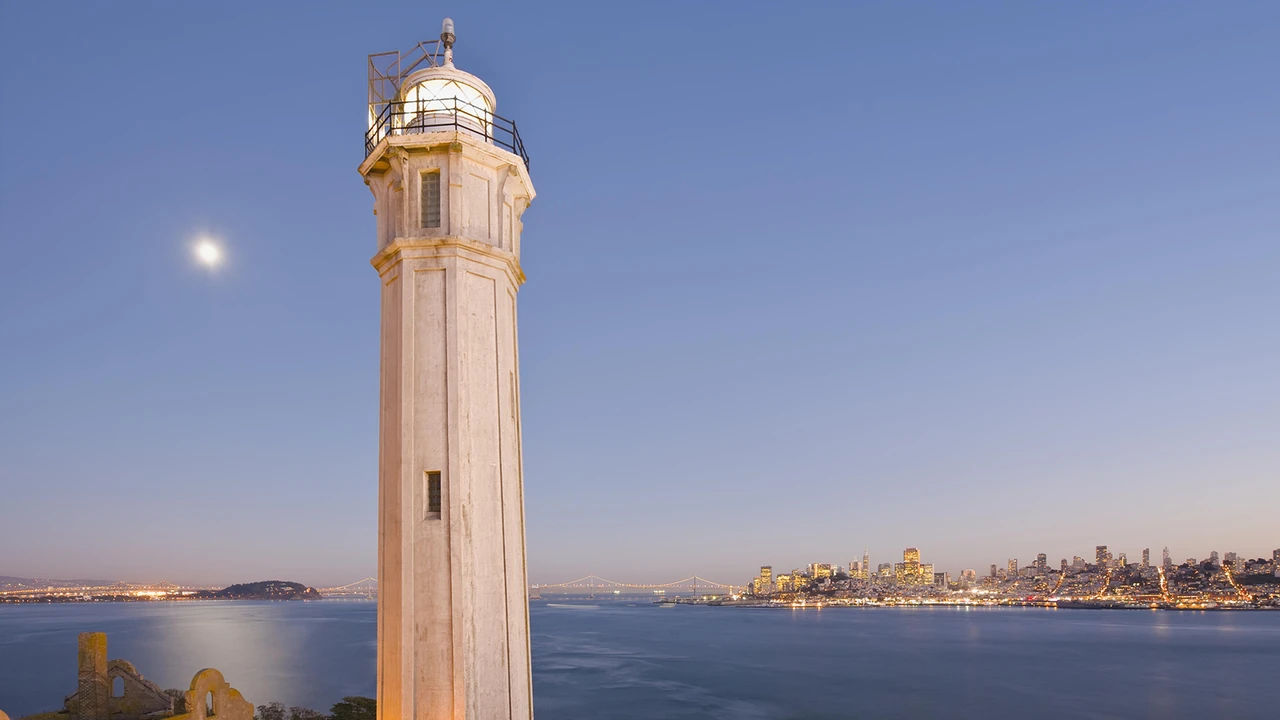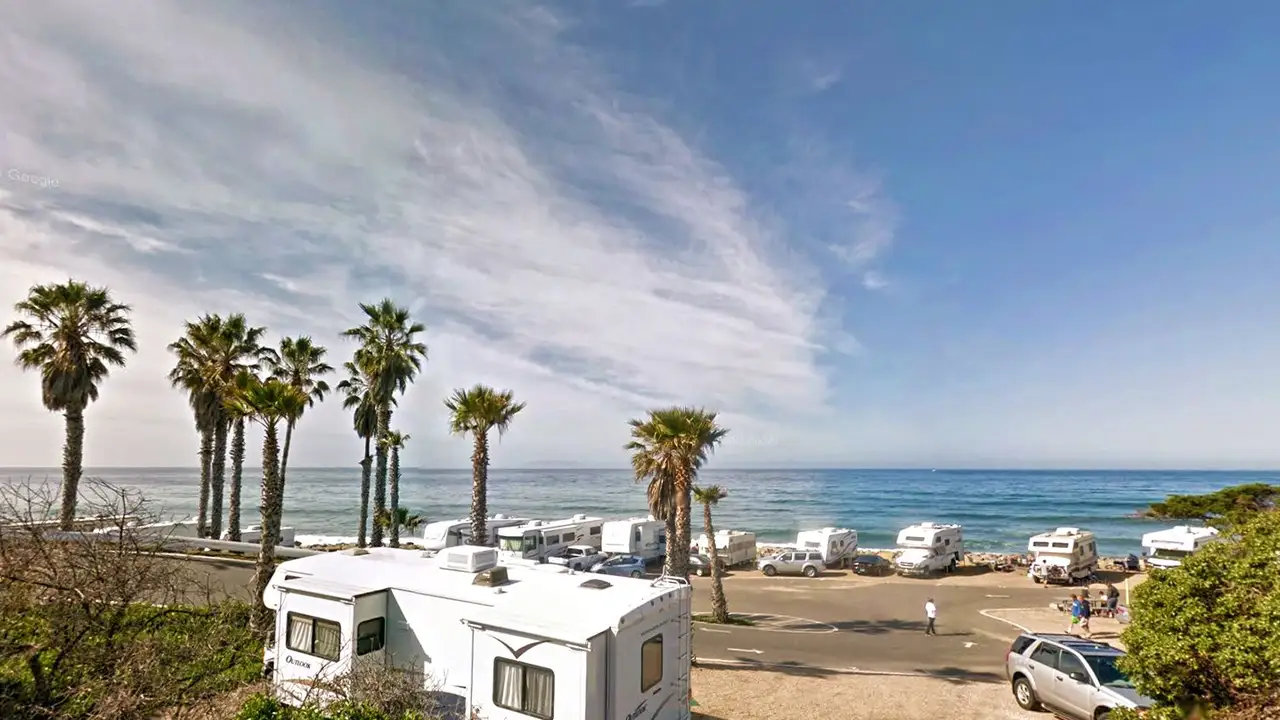Desert Art_ Inspiration from the California Desert

Dive into the captivating world of California desert photography. Explore techniques, gear recommendations, and iconic locations to capture the unique beauty of the arid landscape. Discover how to create stunning images that tell stories of resilience, solitude, and the raw power of nature.
Understanding California Desert Landscapes A Photographer's Perspective
The California desert isn't just one monolithic expanse; it's a tapestry of diverse ecosystems, each presenting unique photographic opportunities. From the stark beauty of Death Valley to the vibrant blooms of the Anza-Borrego Desert State Park, understanding these nuances is crucial for capturing compelling images. Consider the geological formations, the plant life (or lack thereof!), and the ever-changing light.
Think about the Mojave Desert with its Joshua trees and sprawling valleys, a landscape demanding wide-angle lenses and compositions that emphasize the vastness. Then contrast that with the Colorado Desert, home to the Coachella Valley and its date palm oases, where you might focus on the textures and details of individual plants and the interplay of light and shadow within the groves.
Essential Photography Gear for the California Desert Environment
The desert environment demands specific gear to protect both yourself and your equipment. Here's a breakdown of essential items:
- Camera Body: A robust, weather-sealed camera body is crucial. Consider models from Canon (e.g., Canon EOS 5D Mark IV, Canon EOS R6), Nikon (e.g., Nikon D850, Nikon Z6 II), or Sony (e.g., Sony Alpha a7 III, Sony Alpha a7R IV). These offer excellent image quality and weather resistance.
- Lenses: A versatile lens lineup is key. A wide-angle lens (16-35mm) is essential for capturing landscapes, while a telephoto lens (70-200mm or longer) allows you to isolate distant subjects and compress perspective. A mid-range zoom (24-70mm) provides flexibility for various compositions.
- Tripod: A sturdy tripod is indispensable for sharp images, especially in low light or when using long exposures. Carbon fiber tripods are lightweight and durable, ideal for hiking. Consider brands like Really Right Stuff, Gitzo, or Manfrotto.
- Filters: A polarizing filter reduces glare and enhances colors, particularly in the harsh desert light. A neutral density (ND) filter allows you to use slower shutter speeds for creative effects, even in bright sunlight.
- Camera Bag: Choose a camera bag that's comfortable to carry and provides adequate protection for your gear. Backpack-style bags are often the best option for hiking.
- Protection: Dust and sand are the desert photographer's enemies. Invest in lens cloths, sensor cleaning kits, and rain covers to protect your equipment.
Product Recommendations Photography Gear for the Desert
Let's delve into some specific product recommendations:
- Wide-Angle Lens: The Sony FE 16-35mm f/2.8 GM is an excellent choice for Sony users. It offers outstanding image quality, sharpness, and a fast aperture for low-light performance. For Canon users, the Canon EF 16-35mm f/2.8L III USM is a comparable option. Nikon users might consider the Nikon NIKKOR Z 14-30mm f/4 S, known for its compact size and excellent optics.
- Telephoto Lens: The Sony FE 70-200mm f/2.8 GM OSS is a fantastic telephoto lens for Sony users, offering exceptional sharpness and image stabilization. Canon users can opt for the Canon EF 70-200mm f/2.8L IS III USM. Nikon users should consider the Nikon NIKKOR Z 70-200mm f/2.8 VR S.
- Tripod: The Really Right Stuff TVC-24L tripod is a premium option known for its exceptional stability and build quality. The Gitzo GT2545T Series 2 Traveler Tripod is a more compact and lightweight alternative.
- Filters: The B+W XS-Pro Digital MRC nano Polarizing Filter is a high-quality polarizing filter that reduces glare and enhances colors. The Lee Filters Big Stopper is a popular ND filter for long exposure photography.
Using Photography Gear in the California Desert Practical Applications
Understanding the gear is only half the battle; knowing how to use it effectively in the desert environment is just as crucial.
- Wide-Angle Lens Usage: Use a wide-angle lens to capture the vastness of the desert landscape. Look for leading lines, such as roads or sand dunes, to guide the viewer's eye through the scene. Experiment with different compositions, such as placing a small subject in the foreground to emphasize the scale of the landscape.
- Telephoto Lens Techniques: A telephoto lens is ideal for isolating distant subjects, such as wildlife or geological formations. It can also be used to compress perspective, making distant objects appear closer together. Experiment with different focal lengths to achieve the desired effect.
- Tripod Applications: Use a tripod to ensure sharp images, especially in low light or when using long exposures. A tripod is also essential for creating time-lapses or HDR images.
- Filter Techniques: Use a polarizing filter to reduce glare and enhance colors in bright sunlight. A neutral density filter allows you to use slower shutter speeds for creative effects, such as blurring water or clouds.
Product Comparison Choosing the Right Gear for Your Needs
Choosing the right gear depends on your budget, skill level, and photographic goals. Here's a comparison of some popular options:
- Camera Bodies: The Canon EOS 5D Mark IV and Nikon D850 are excellent full-frame DSLRs for professional photographers. The Sony Alpha a7 III is a more affordable full-frame mirrorless camera that offers excellent image quality. The Canon EOS R6 and Nikon Z6 II are newer mirrorless options with advanced features.
- Lenses: The Sony FE 16-35mm f/2.8 GM, Canon EF 16-35mm f/2.8L III USM, and Nikon NIKKOR Z 14-30mm f/4 S are all excellent wide-angle lenses. The Sony FE 70-200mm f/2.8 GM OSS, Canon EF 70-200mm f/2.8L IS III USM, and Nikon NIKKOR Z 70-200mm f/2.8 VR S are all excellent telephoto lenses.
- Tripods: The Really Right Stuff TVC-24L is a premium tripod for serious photographers. The Gitzo GT2545T Series 2 Traveler Tripod is a more compact and lightweight option. The Manfrotto Befree Advanced is a more affordable tripod that's still a good choice for beginners.
Detailed Product Information Pricing and Availability
Pricing and availability can vary depending on the retailer and current promotions. Here's a general overview:
- Camera Bodies: The Canon EOS 5D Mark IV typically ranges from $2500 to $3000. The Nikon D850 ranges from $2800 to $3300. The Sony Alpha a7 III ranges from $1800 to $2300. The Canon EOS R6 ranges from $2500 to $2800. The Nikon Z6 II ranges from $2200 to $2500.
- Lenses: The Sony FE 16-35mm f/2.8 GM typically ranges from $2200 to $2500. The Canon EF 16-35mm f/2.8L III USM ranges from $2200 to $2500. The Nikon NIKKOR Z 14-30mm f/4 S ranges from $1300 to $1500. The Sony FE 70-200mm f/2.8 GM OSS ranges from $2600 to $3000. The Canon EF 70-200mm f/2.8L IS III USM ranges from $2800 to $3200. The Nikon NIKKOR Z 70-200mm f/2.8 VR S ranges from $2600 to $3000.
- Tripods: The Really Right Stuff TVC-24L typically ranges from $900 to $1200. The Gitzo GT2545T Series 2 Traveler Tripod ranges from $700 to $900. The Manfrotto Befree Advanced ranges from $200 to $300.
Check major online retailers like B&H Photo Video, Adorama, and Amazon for the most up-to-date pricing and availability.
California Desert Photography Locations Unveiling Hidden Gems
The California desert is a treasure trove of stunning locations. Here are a few must-visit spots:
- Death Valley National Park: A land of extremes, Death Valley offers surreal landscapes, including Zabriskie Point, Mesquite Flat Sand Dunes, and Badwater Basin.
- Anza-Borrego Desert State Park: Famous for its spring wildflower blooms, Anza-Borrego also features unique geological formations and metal sculptures.
- Joshua Tree National Park: Characterized by its iconic Joshua trees and rock formations, this park is a photographer's paradise.
- Alabama Hills: Located near Lone Pine, the Alabama Hills are known for their dramatic rock formations, which have been featured in countless movies.
- Mojave National Preserve: A vast and relatively undeveloped area, the Mojave National Preserve offers solitude and stunning desert scenery.
Composition Techniques for Desert Photography Creating Striking Images
Composition is key to creating compelling desert photographs. Here are a few techniques to consider:
- Rule of Thirds: Divide the frame into nine equal parts and place key elements along the lines or at the intersections.
- Leading Lines: Use lines, such as roads or sand dunes, to guide the viewer's eye through the scene.
- Symmetry and Patterns: Look for symmetrical compositions or repeating patterns in the landscape.
- Framing: Use natural elements, such as trees or rock formations, to frame your subject.
- Negative Space: Use negative space to create a sense of balance and emphasize the subject.
Mastering Light in the California Desert Capturing the Golden Hour
Light is everything in photography, and the desert presents unique challenges and opportunities. The harsh midday sun can create harsh shadows and wash out colors. The best time to photograph in the desert is during the golden hour, the hour after sunrise and the hour before sunset. During this time, the light is soft, warm, and flattering.
Consider these lighting tips:
- Golden Hour: As mentioned, this is the ideal time for soft, warm light.
- Blue Hour: The hour after sunset or before sunrise provides a cool, ethereal light, perfect for capturing the night sky.
- Midday Sun: If you must shoot during midday, look for shade or use a polarizing filter to reduce glare.
- Backlighting: Experiment with backlighting to create silhouettes or rim lighting.
Post-Processing Techniques for California Desert Photos Enhancing Your Images
Post-processing is an essential part of the digital photography workflow. Here are a few techniques to enhance your desert photos:
- Color Correction: Adjust the white balance and color temperature to create a natural look.
- Exposure Adjustment: Adjust the exposure to brighten or darken the image.
- Contrast Adjustment: Adjust the contrast to enhance the details and textures.
- Sharpening: Sharpen the image to improve the clarity.
- Noise Reduction: Reduce noise in the image, especially in low-light shots.
Popular software options include Adobe Lightroom and Adobe Photoshop.
Protecting Yourself and Your Gear in the Desert Environment Staying Safe
The desert can be a harsh and unforgiving environment. It's essential to take precautions to protect yourself and your gear.
- Hydration: Drink plenty of water, even if you don't feel thirsty.
- Sun Protection: Wear sunscreen, a hat, and sunglasses.
- Clothing: Wear lightweight, breathable clothing that covers your skin.
- Footwear: Wear sturdy hiking boots or shoes.
- First Aid: Carry a first-aid kit with essential supplies.
- Navigation: Carry a map and compass or GPS device.
- Communication: Carry a cell phone or satellite phone in case of emergency.
- Equipment Protection: Use lens cloths, sensor cleaning kits, and rain covers to protect your equipment from dust, sand, and moisture.
Ethical Considerations in Desert Photography Respecting the Environment
It's important to practice ethical photography and respect the environment. Avoid disturbing wildlife, damaging vegetation, or leaving trash behind. Stay on designated trails and avoid trespassing on private property.
Consider these ethical guidelines:
- Leave No Trace: Pack out everything you pack in.
- Respect Wildlife: Observe wildlife from a distance and avoid disturbing their habitat.
- Stay on Trails: Avoid creating new trails or damaging vegetation.
- Obtain Permits: Obtain any necessary permits before photographing in restricted areas.
- Respect Private Property: Avoid trespassing on private property.
California Desert Photography Workshops and Tours Learning from Experts
If you're looking to improve your desert photography skills, consider attending a workshop or tour. These offer opportunities to learn from experienced photographers, explore new locations, and receive personalized feedback.
Some popular workshop and tour providers include:
- National Geographic Expeditions: Offers photography tours to various destinations, including the California desert.
- Arizona Highways Photo Workshops: Provides workshops focused on landscape photography in the Southwest.
- Local Photography Clubs: Many local photography clubs offer workshops and field trips to the California desert.
The Future of California Desert Photography Innovation and Trends
The future of California desert photography is likely to be shaped by technological advancements and changing trends. Drones are becoming increasingly popular for capturing aerial perspectives, while virtual reality (VR) and augmented reality (AR) technologies offer new ways to experience desert landscapes. Social media continues to play a significant role in sharing and promoting desert photography.
Keep an eye on these emerging trends:
- Drone Photography: Capture aerial perspectives of desert landscapes.
- VR and AR: Create immersive experiences of the desert environment.
- Social Media: Share and promote your desert photography on platforms like Instagram and Facebook.
- Astrophotography: Capture the beauty of the night sky in the desert.
Inspiring California Desert Photographers Showcasing Talent
Many talented photographers have dedicated their careers to capturing the beauty of the California desert. Here are a few inspiring examples:
- Ansel Adams: Known for his iconic black-and-white landscapes of the American West, including Death Valley.
- Galen Rowell: A renowned adventure photographer who captured stunning images of the Sierra Nevada and other desert regions.
- David Muench: A contemporary landscape photographer known for his vibrant color photographs of the American Southwest.
Study their work and learn from their techniques to improve your own photography.
California Desert Photography Exhibitions and Galleries Showcasing the Art
Visiting exhibitions and galleries is a great way to appreciate the art of California desert photography. Many museums and galleries throughout California showcase the work of local and national photographers.
Look for exhibitions at:
- The California Museum of Photography (Riverside): Dedicated to the art and history of photography.
- The Ansel Adams Gallery (Yosemite National Park): Features the work of Ansel Adams and other contemporary photographers.
- Local Art Galleries: Many local art galleries throughout California showcase the work of desert photographers.
Conclusion California Desert Photography A Journey of Discovery
California desert photography is a rewarding journey of discovery. By understanding the landscape, mastering the gear, and practicing ethical photography, you can capture stunning images that tell stories of resilience, solitude, and the raw power of nature. So grab your camera, head out into the desert, and start exploring!
:max_bytes(150000):strip_icc()/277019-baked-pork-chops-with-cream-of-mushroom-soup-DDMFS-beauty-4x3-BG-7505-5762b731cf30447d9cbbbbbf387beafa.jpg)






